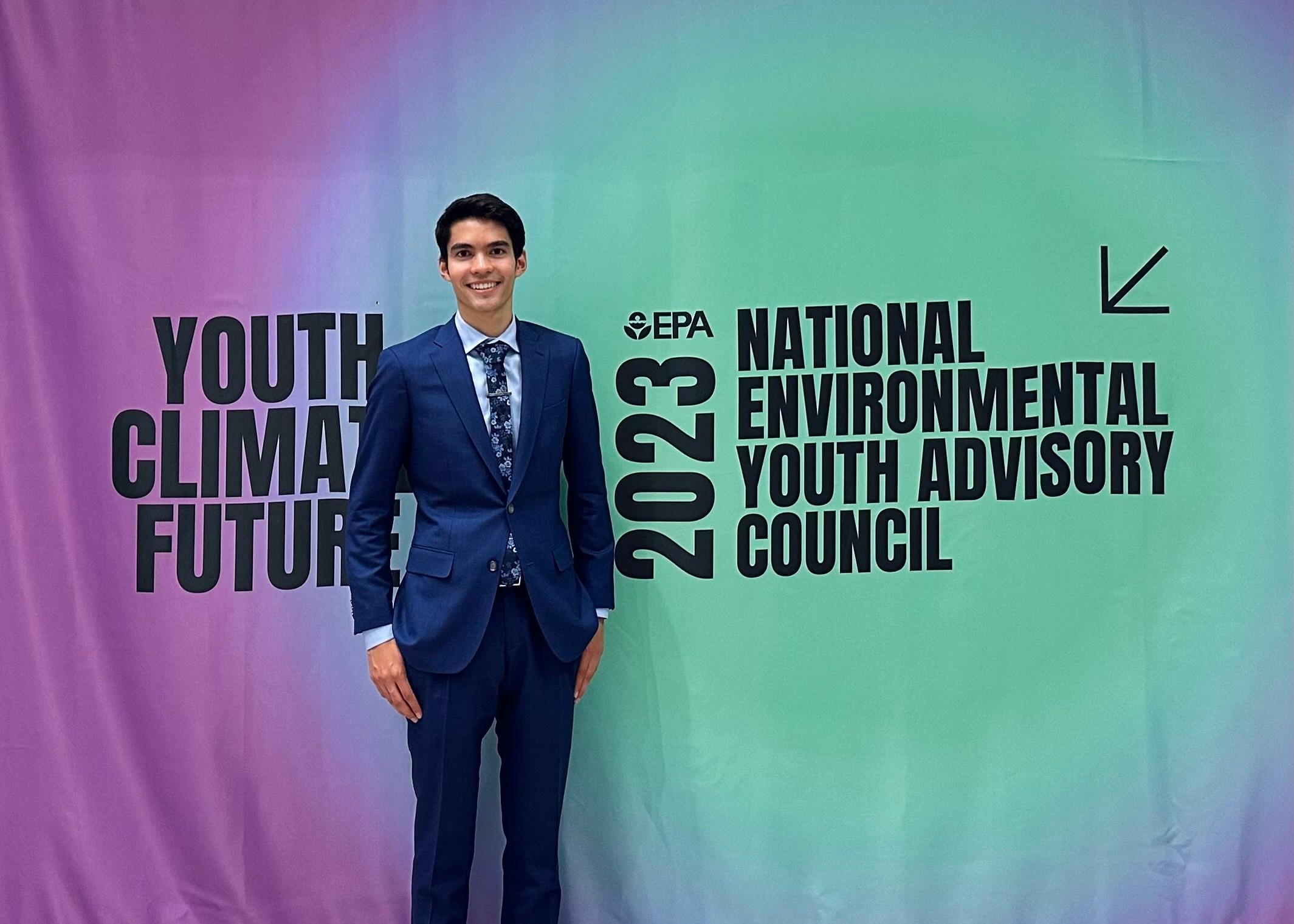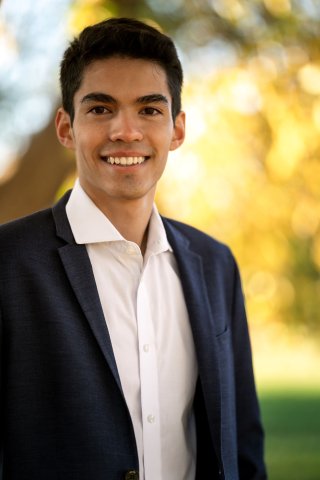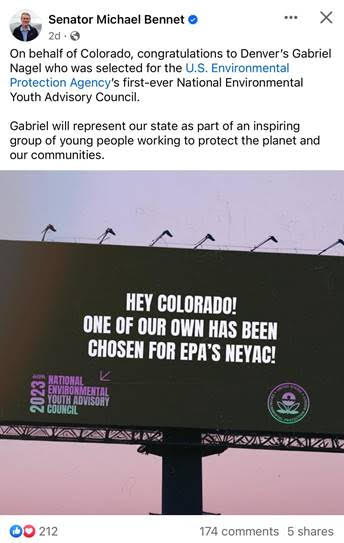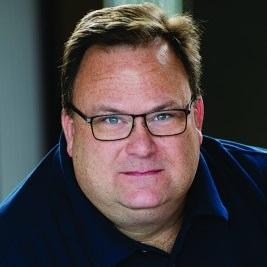
A college freshman from Denver will chair the Environmental Protection Agency’s first National Environmental Youth Advisory Council. 18-year-old Gabriel Nagel graduated from Denver East High School and now attends Stanford University.
He said young people can make a difference in addressing issues like climate change if they just get involved.
“They need to start speaking up to leaders in their community, whether that be their school district, even just their high school working to make local change. That could be really impactful,” said Nagel.
In addition to chairing the EPA’s new youth advisory council, Nagel is the United Nations Association's Climate Action Ambassador. He is drafting the first UN Youth Declaration of Human Rights.
Nagel also focuses daily on mindfulness to cope with climate anxiety, even if it’s just for ten minutes.
“And then also what I find to be really helpful is just occasionally taking a deep breath when you're stressed out. One technique that I learned was called STOP, which stands for ‘Stop, Take a breath, Observe, Proceed.’”
He spoke with Colorado Matters senior host Ryan Warner.
This transcript has been lightly edited for clarity
Ryan Warner: When you were in seventh grade, you saw the infamous carbon chart showing how much CO₂ levels have increased, but climate change wasn't concrete for you until a year later, this is in 2017. What happened Gabriel?
Gabriel Nagel: I was living in Boulder for a year, and while we were there, it started off just one morning, I smelled smoke and got out of bed and I saw outside these giant helicopters splashing water and over the ridge in Boulder, Sunshine Valley Canyon. They had a wildfire coming in and it was just approaching increasingly fast. And in that moment they evacuated all of our neighborhood. And while our home was fine when we returned, other neighbors were not as fortunate. And that left a real impact on me because I realized that climate change wasn't just something of the future, it was of the present and it was here and now. And that really left me feeling a much more vivid sense and need to take action on it beyond just those graphs that I saw back in middle school.
I mean, that was a physical, emotional experience. I have ducked and covered in an earthquake. I've gone to the basement in a tornado. I've never had to evacuate for a fire. Can you talk just a little bit about that experience and what stands out?
Nagel: So, for reference, I live in a mixed family. I was with my dad, two stepbrothers, brother, our cat Louis, and in the evacuation process, they just were bringing everyone out. They had the fire alarms like sirens blare in the neighborhood. We just left and fortunately, it was just for a few hours. We didn't have to go for long or find somewhere to spend the night. It wasn't just the only one. There were fires going on in this period all throughout Colorado and in the rest of the US.
Okay, so that sparks an interest, a passion about climate action, and you later got your high school classmates involved in Denver. What did you achieve there?
Nagel: So I went to East High School here in Denver and in Sustainability Club we worked on a lot of different projects. We worked to get composting in our high school. We also did a green school energy audit and a lot of other programs.
I'm curious what did that audit reveal? Because East is such a beautiful building, I imagine it leaks?

Nagel: Yes, it definitely does. You're not mistaken. When we did the audit, we did find that East was definitely not the most efficient building. There was a lot of heat loss coming from the windows because they weren't properly sealed. There were other issues with lights or even every single teacher having their own mini fridge. And after I got involved in sustainability work in high school, I worked together with activists from other high schools to create this group called DPS Students for Climate Action.
You wanted to bring this beyond one campus?
Nagel: Exactly, exactly. And as you know, DPS is quite a big school district. There's nearly 200 schools and it comprises 90,000 students.
So a district like that makes a decision and it has a big impact.
Nagel: Absolutely. DPS actually at the time, was not held accountable to a lot of the city climate targets. So our group looked towards other resolutions that passed nearby. We saw a group in Salt Lake City actually pass a climate resolution in their school district, but a lot of these climate policies lack a focus on environmental justice. So what made our resolution different was that it set a focus directly on not just addressing the impacts of climate change, like reaching a set goal of carbon neutrality or 100% renewable electricity by 2030 and 2050, but also working to make sure that the disproportionate impacts of the environmental crisis and hazards were effectively resolved within the school district.
The idea is, the poorer you are, the more likely you are to be vulnerable to climate change, the less likely perhaps that you would have ways of cooling yourself down as it gets hotter. Or I suppose there's also the question of exposure to pollution. What did you notice that was kind of uneven?
Nagel: One of them, for instance, is so-called air pollution inequality. So a lot of lower-income students, for instance, might need to get picked up by school buses. And in the process of getting picked up in the mornings, they're exposed to dangerous exhaust coming from the bus, not just when they're standing outside of it, but also in the bus sometimes. There's other issues as well, such as students who are on cafeteria foods in high schools often don't have the healthiest options and don't have a lot of vegetarian or vegan options if they're opting for that diet, for instance.
And that's a climate issue because meat is carbon.
Nagel: Exactly. And even with air conditioning, I remember in East High School, we actually had a day canceled last year because the temperatures were just too high for the equipment in our school to keep up.
That's what catapults you to this EPA task force. You're still getting organized, I realize, but what's the number one thing leaders need to hear from young Americans when it comes to climate and its harms?
Nagel: So I think first that we need to take action now. As I mentioned previously, climate change is not just an issue of the future, it's of the present and it's having a real impact on Americans, people living in Colorado today.
But Gabriel, when people say, “We need to take action now," there's a contingent of politicians, for instance, and everyday people who just go, "Uh-huh," they're likely to dismiss it.
Nagel: Absolutely. That's something that I experienced firsthand with the school district policy. So we actually worked for almost two years going to public comment months on end, and it was hard to get our voice heard, but we found that if you're persistent enough and make those in power listen, then you can help create that change. But it certainly isn't easy and we're not seeing the action that we need right now.
How do you imagine getting that message out?
Nagel: I would say that young people need to get more involved within these processes. They need to start speaking up to leaders in their community, whether that be their school district, even just their high school working to make local change. That could be really impactful.
That is, can the federal government be kind of a catalyst to get more of what you did at DPS into other school districts maybe?
Nagel: Exactly.
Okay. Any particular tools you use when you start to feel climate dread?
Nagel: Oh yeah. So it definitely doesn't go away. I mean, I think you have to recognize that there's always going to be some existential dread there with the climate crisis, and that's something that a lot of youth are facing. For myself, what I found to be very helpful is mindfulness. So I try to incorporate a mindfulness practice every day, just like 10 minutes if I can. And then also what I find to be really helpful is just occasionally taking a deep breath when you're stressed out. One technique that I learned was called STOP, which stands for “Stop, Take a breath, Observe, Proceed.” So that could be a really helpful technique when you're caught in the stress of the climate crisis, for instance. And just that brief moment to pause can help you create some space between the issue that you're facing and take more effective action.

CPR's Climate Editor found out about your role on this task force via a social media post, and it was from Senator Michael Bennett. Is it weird to have US senators tweeting about you?
Nagel: Yeah, it's definitely quite crazy. I did not expect to get this far in my climate activism four years ago when I was starting high school, but over summer I've had some incredible opportunities including meeting the vice president, many of the representatives and senators. So it's been a really exciting experience.
Did you get to speak to the vice president maybe about climate?
Nagel: I did actually. So this past summer Vice President Kamala Harris actually came to Denver and she met with the group DPS Students for Climate Action, the group that we formed together to create that school district policy. And we had a chance to talk with about 10 other young people in a small setting and help advise the vice president on the issues that we were facing locally in Denver and Colorado. So we talked about climate anxiety and just the overall goals that the nation had and the vice president recognized actually the climate action plan that we passed as a model for the nation, hoping that it can inspire other youth across the nation.
- Overwhelmed by climate anxiety? Try becoming a butterfly (or pretending to)
- Why Colorado should expect a drier future with more wildfires and air pollution
- Interview: How Indigenous spirituality can inform our view of culture, religion and the environment
- How a gas utility fought to keep two Colorado towns hooked on fossil fuels
- Lawmakers will start 2024 with a new drought playbook. Is it bold enough for a hotter, drier Colorado River?









